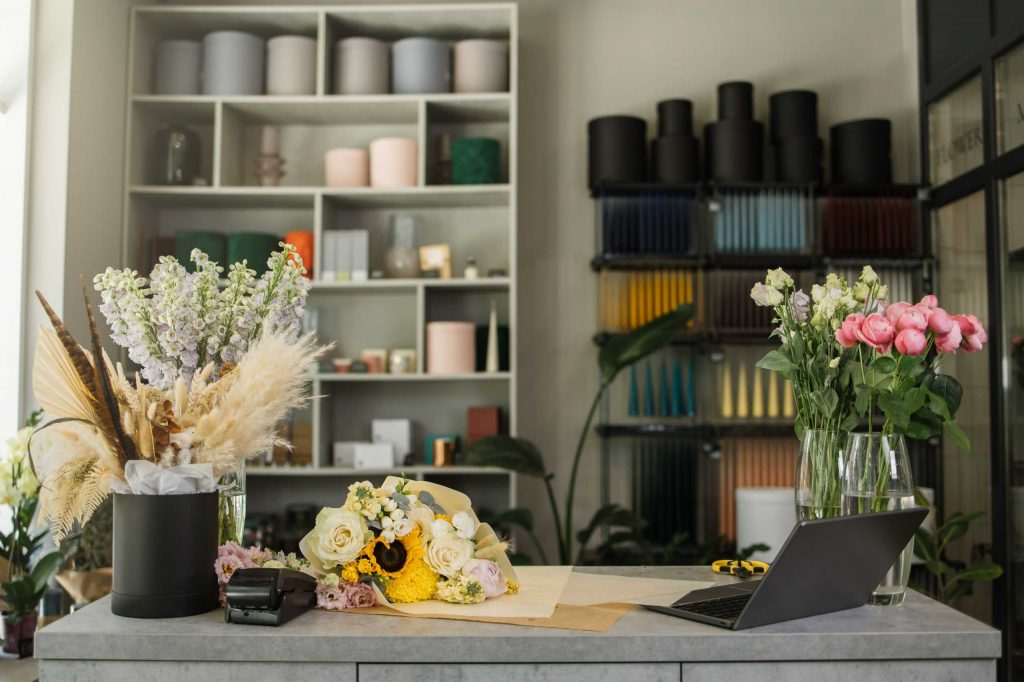Moving into a new home should feel exciting. But more often than not, it feels overwhelming. Unpacked boxes, blank walls, unfamiliar lighting — and that strange sense of disconnection. You’re living in your space, but you’re not quite living with it yet.
That’s why the first month matters more than you think. What you do during those initial 30 days can shape how you experience your home for months or even years to come.
Here’s how to ease that transition and create true comfort — step by step.
1. Start With What You Use Daily
Forget the grand design plans for now. Focus first on what touches your daily routine:
- Your bed: Make it soft, layered, and familiar. It’s your retreat.
- Lighting in key zones: Think bedside lamps, kitchen overheads, entryway glow.
- Coffee corner, tea shelf, or morning nook: A little habit can root you in place.
Comfort begins when your space supports your everyday rhythm — not just when it looks perfect.
2. Use Scents, Sounds, and Textures You Already Love
Home is not just visual. One of the fastest ways to create belonging is through your senses:
- Bring in your favorite candle or diffuser from the old place.
- Put on playlists you associate with comfort, calm, or focus.
- Lay out that one throw blanket or rug that always feels “like home.”
These familiar sensory signals tell your brain: I know this place. I can rest here.
3. Choose One Area to Finish First
Trying to decorate an entire home at once leads straight to burnout. Instead:
- Pick one space you need to function — a reading chair, the dining table, the bed.
- Style it intentionally, even minimally. A finished zone feels like an anchor.
- Return to this spot when the rest of the home still feels messy or incomplete.
Think of it as your first island of calm.
4. Stop Waiting for “Perfect” — Start Living Now
We delay comfort because we think it needs the right sofa, the best layout, or more money. But in reality:
- A few framed prints on the wall can shift a whole room’s energy.
- A vase with grocery-store flowers changes how a space feels.
- Eating dinner by candlelight — even on a moving box — can feel beautiful.
Your home doesn’t need to be finished to feel like home. It just needs to feel yours.
5. Reflect and Adjust
After a few weeks, walk through your home and notice:
- What spaces feel good? Which ones drain your energy?
- What’s missing: softness, warmth, storage, personality?
- Are your routines flowing — or constantly interrupted by layout or clutter?
Design isn’t static. It’s a living relationship. Adjust it slowly, intentionally — with curiosity, not pressure.
Home Is Built Over Time — But It Begins With Intention
You don’t need to do everything at once. You just need to begin — with softness, with honesty, and with a vision of what comfort means to you.
Your home doesn’t become cozy in a day, but it does become cozier every day you care for it.

